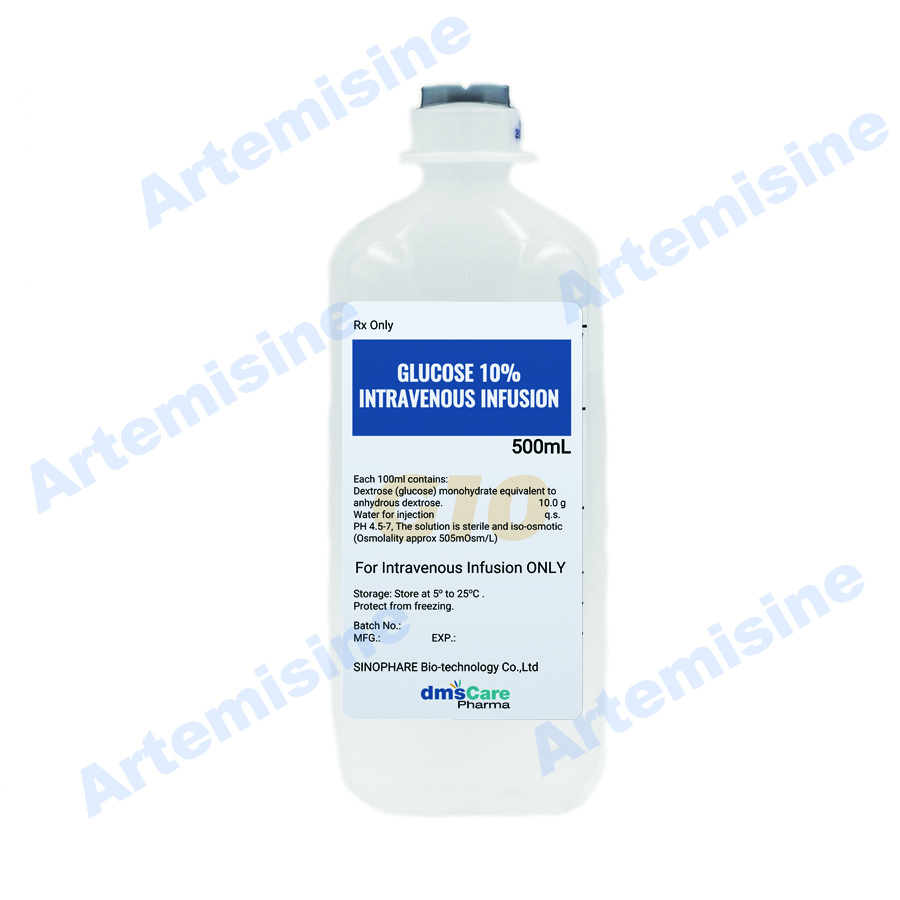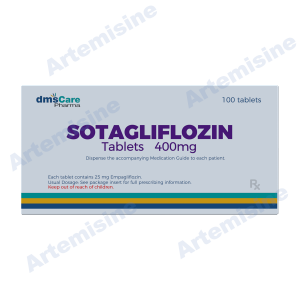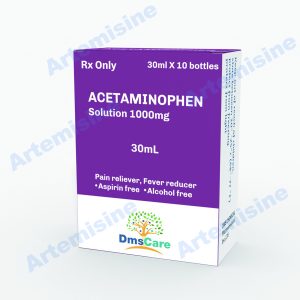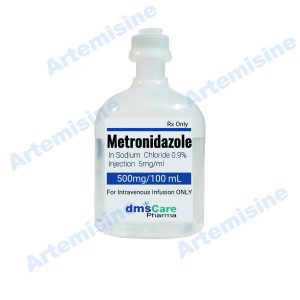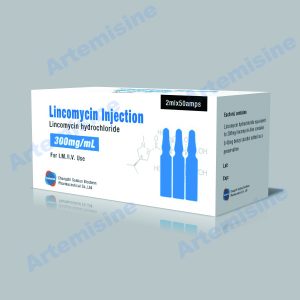Product Description
Product Name:
10% Glucose(10% Dextrose) Injection
Contains:
10%Glucose (10% Dextrose)
Package:
500 ml; 1000 ml;
Indications and Usage for Dextrose Injection 10%
Dextrose Injection is indicated as a source of water and calories.
Dextrose Injection 10% Dosage and Administration
- Only for intravenous infusion.
- See full prescribing information for information on preparation, administration, dosing considerations and instructions for use.
Dosage Forms and Strengths
Injection:
- 10% (0.1 grams/mL): 10 grams of dextrose hydrous per 100 mL in flexible containers: 250 mL, 500 mL, and 1000 mL.
Contraindications
- Clinically significant hyperglycemia.
- Known hypersensitivity to dextrose.
Warnings and Precautions
- Hyperglycemia or Hyperosmolar Hyperglycemic State: Monitor blood glucose and administer insulin as needed.
- Hypersensitivity Reactions: Monitor for signs and symptoms and discontinue infusion if reactions occur. (5.2)
- Vein Damage and Thrombosis: Consider central vein when administering more than 5% dextrose or with an osmolarity of at least 900 mOsm/L or when there is peripheral vein irritation, phlebitis, and/or associated pain.
- Hyponatremia: Avoid in patients with or at risk for hyponatremia. If use cannot be avoided, monitor serum sodium concentrations.
- Electrolyte Imbalance and Fluid Overload: Avoid in patients with or at risk for fluid and/or solute overloading. If use cannot be avoided, monitor daily fluid balance, electrolyte concentrations, and acid-base balance, as needed and especially during prolonged use.
- Refeeding Syndrome: Monitor severely undernourished patients and slowly increase nutrient intake.
Adverse Reactions/Side Effects
The most common adverse reactions are, hyperglycemia, hypersensitivity reactions, hyponatremia, infection both systemic and at the injection site, vein thrombosis or phlebitis, and electrolyte imbalance.
Drug Interactions
Other Products that Affect Glycemic Control, Vasopressin or Fluid and/or Electrolyte Balance: Monitor blood glucose concentrations, fluid balance, serum electrolyte concentrations and acid-base balance.
Use In Specific Populations
Pediatric Use: Increased risk of hypoglycemia/hyperglycemia; monitor serum glucose concentrations.
